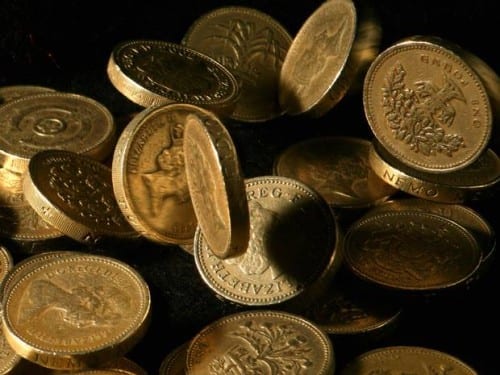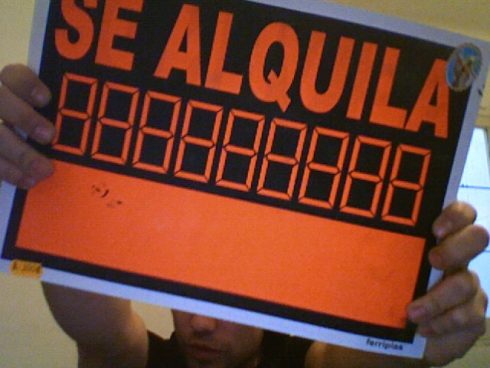STERLING strengthened last week after the release of better than expected employment data for February.
The pound hit a high of 1.21 against the euro and 1.68 against the dollar, as unemployment fell to 6.9% in the UK – the lowest rate since February 2009.
Average earnings are also rising faster than inflation for the first time since 2010, so real wages are now starting to increase albeit marginally.
There is a real spring in the UK economy this year and there can be no clearer signal of growth and increasing levels of activity than companies hiring additional employees.
If we continue to see the upward trend and increased consumer confidence then a rate hike by the Bank of England could come later this year.
I am sure sterling will keep performing well this year, in particular against the euro, which is currently seeing disinflation – as highlighted by this morning’s release of consumer price index (CPI) for March, which was just 0.5% year-on-year.
The European Central Bank (ECB) will have to prevent this trend continuing and one option, which will weaken the euro, is quantitative easing (QE).
Whatever, the bank must act to prevent its worst nightmare of seeing an downwards economic spiral – where prices start falling, people stop spending and the recession returns.
Maybe they are confident things are fine and inflation will start to pick back up.
Although If I was in ECB president Mario Draghi’s shoes I’m not sure I would want to take that risk!









